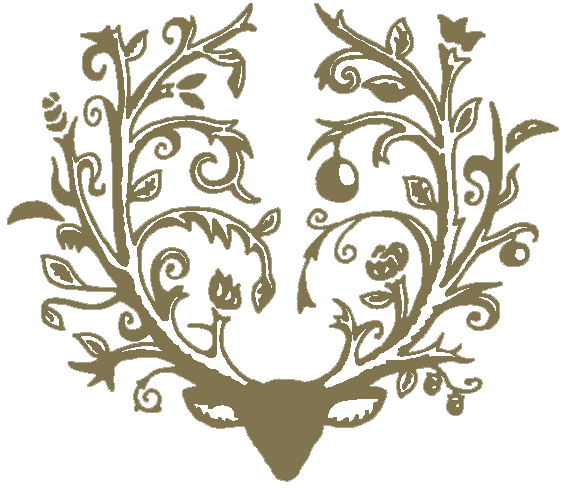
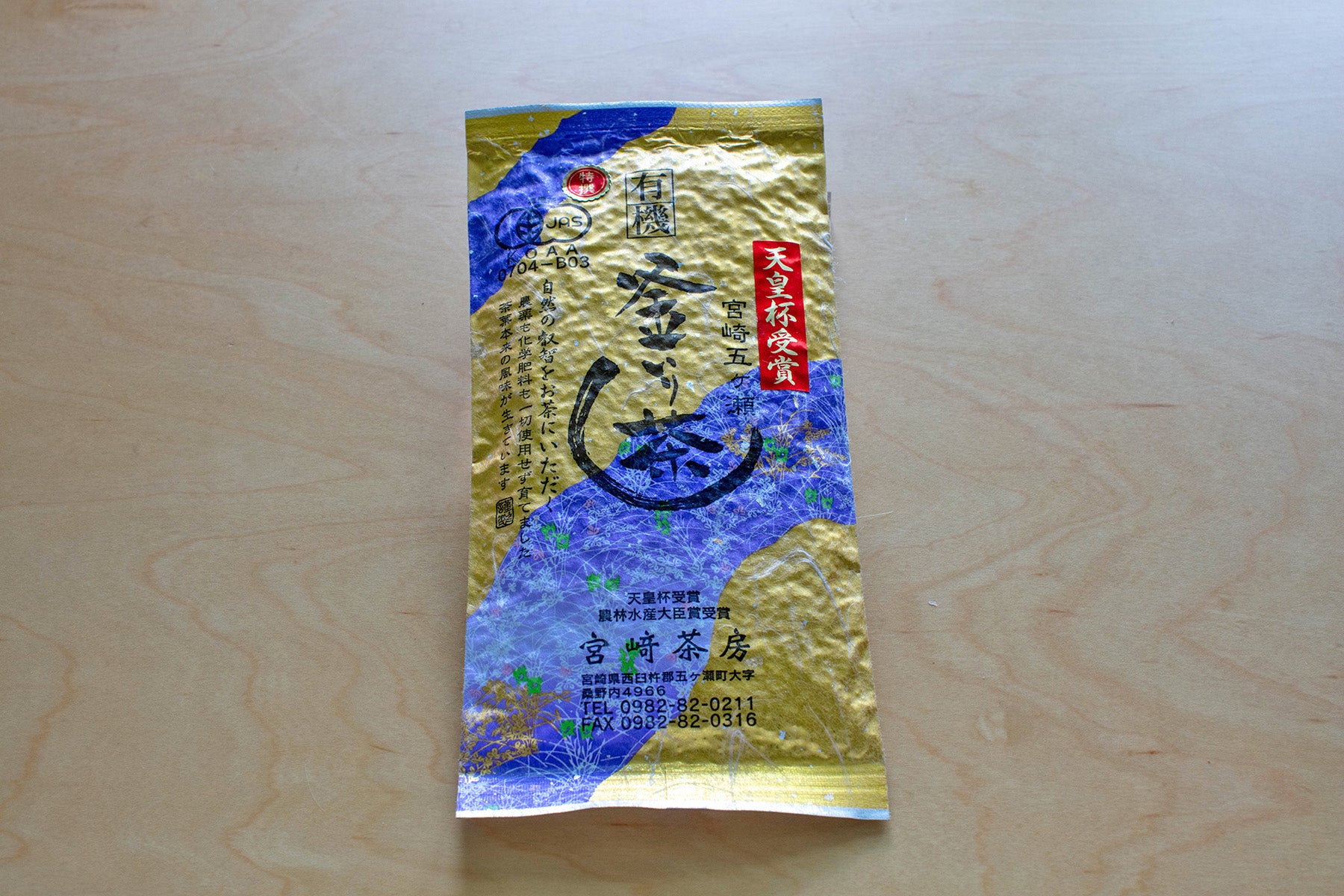
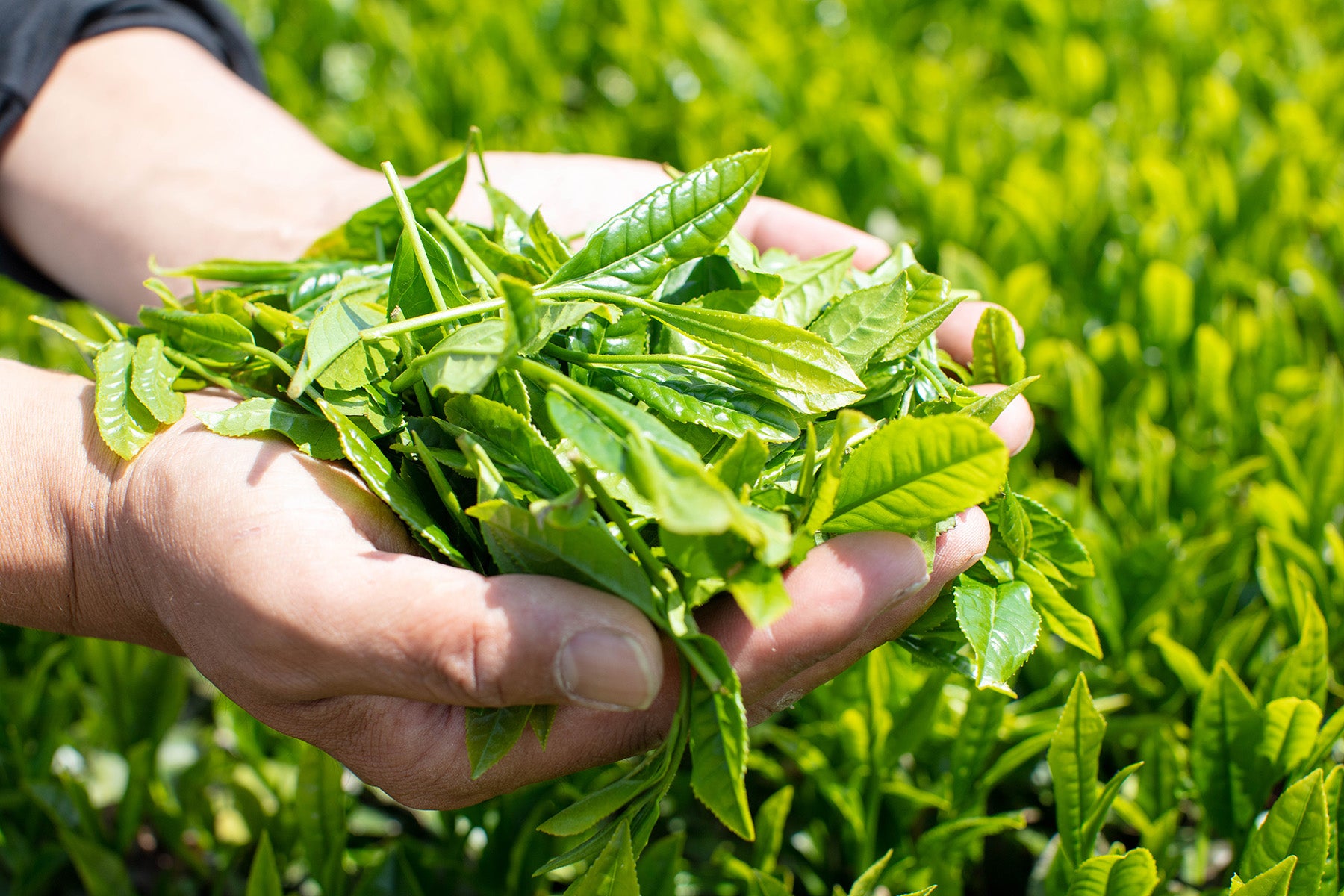

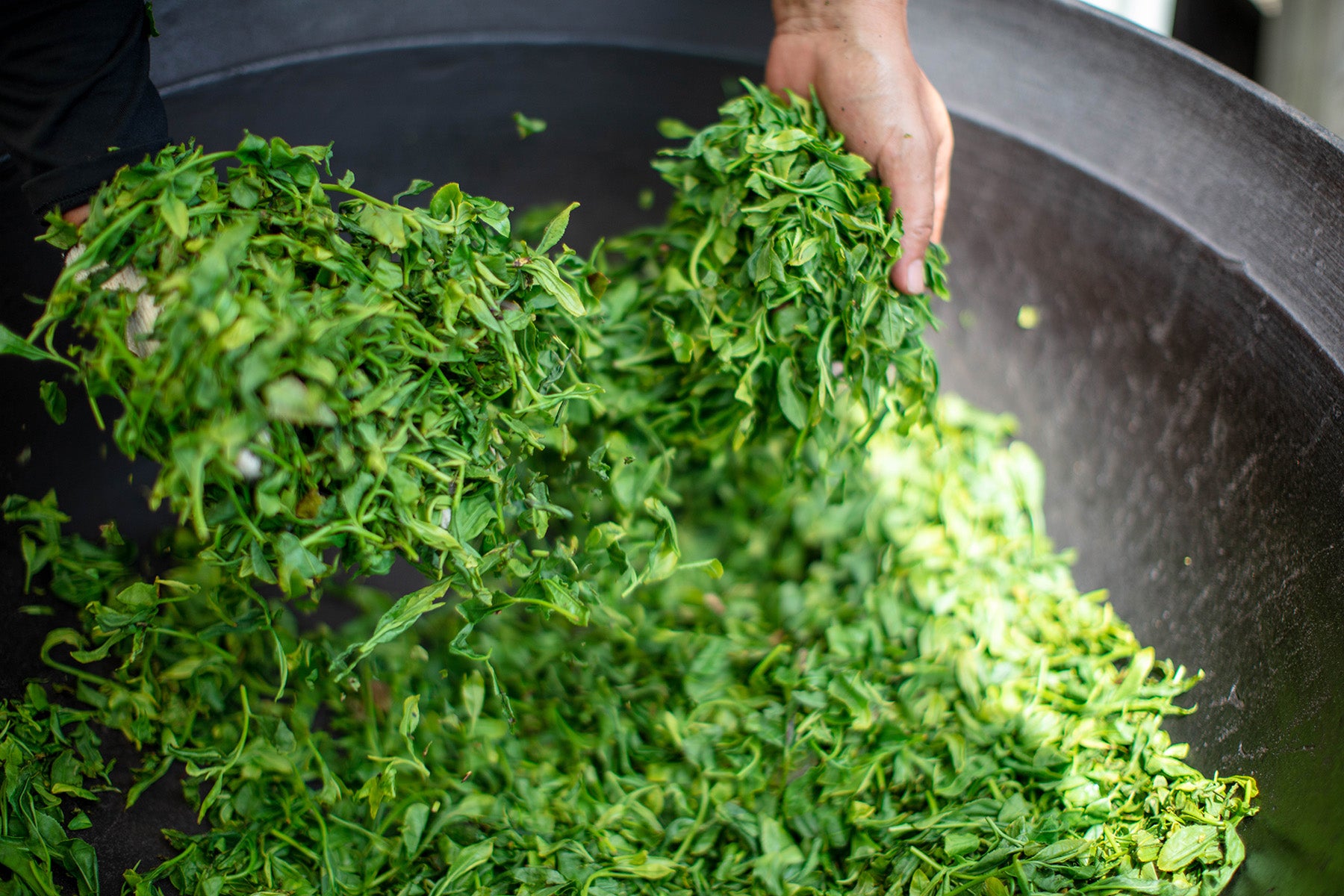

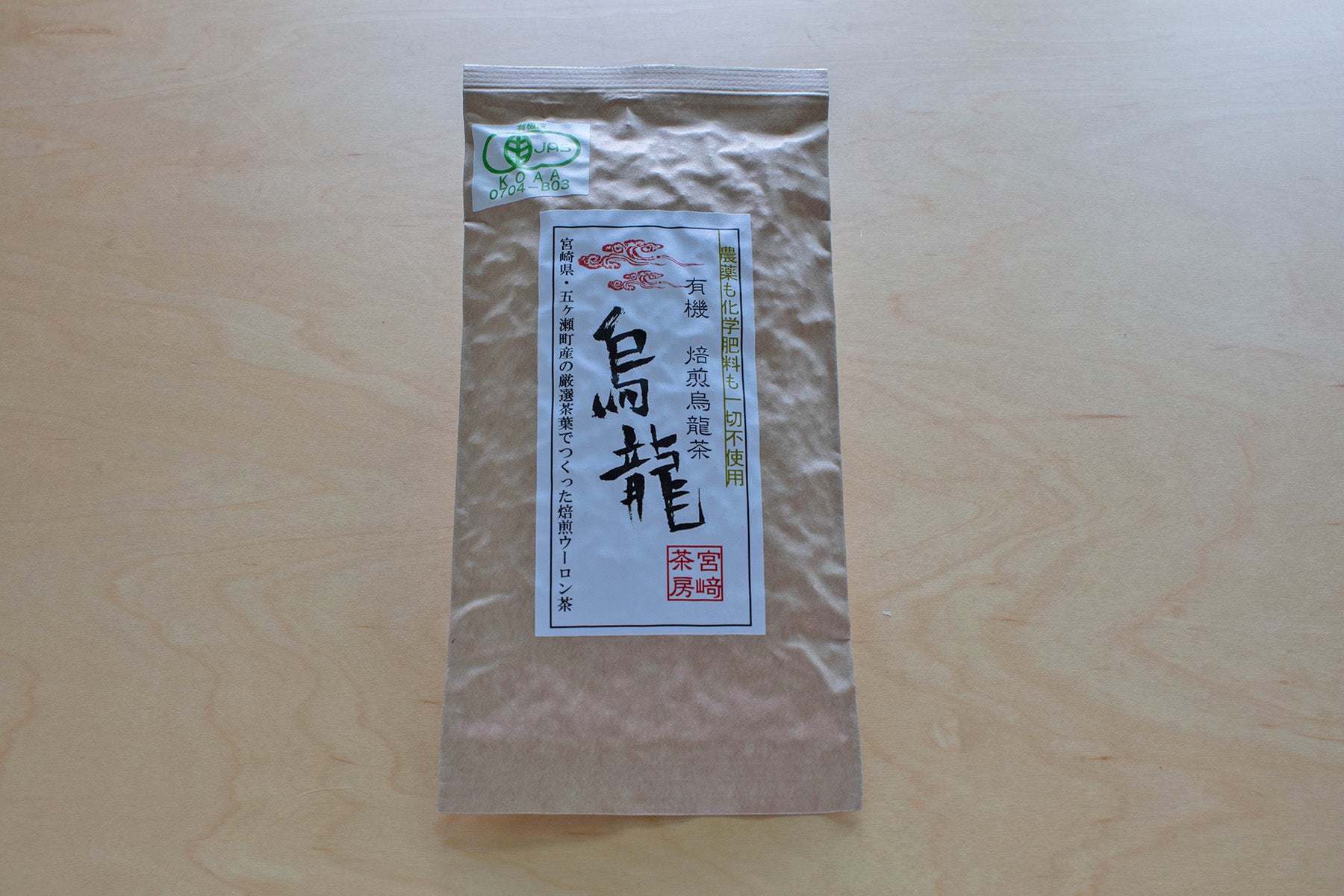
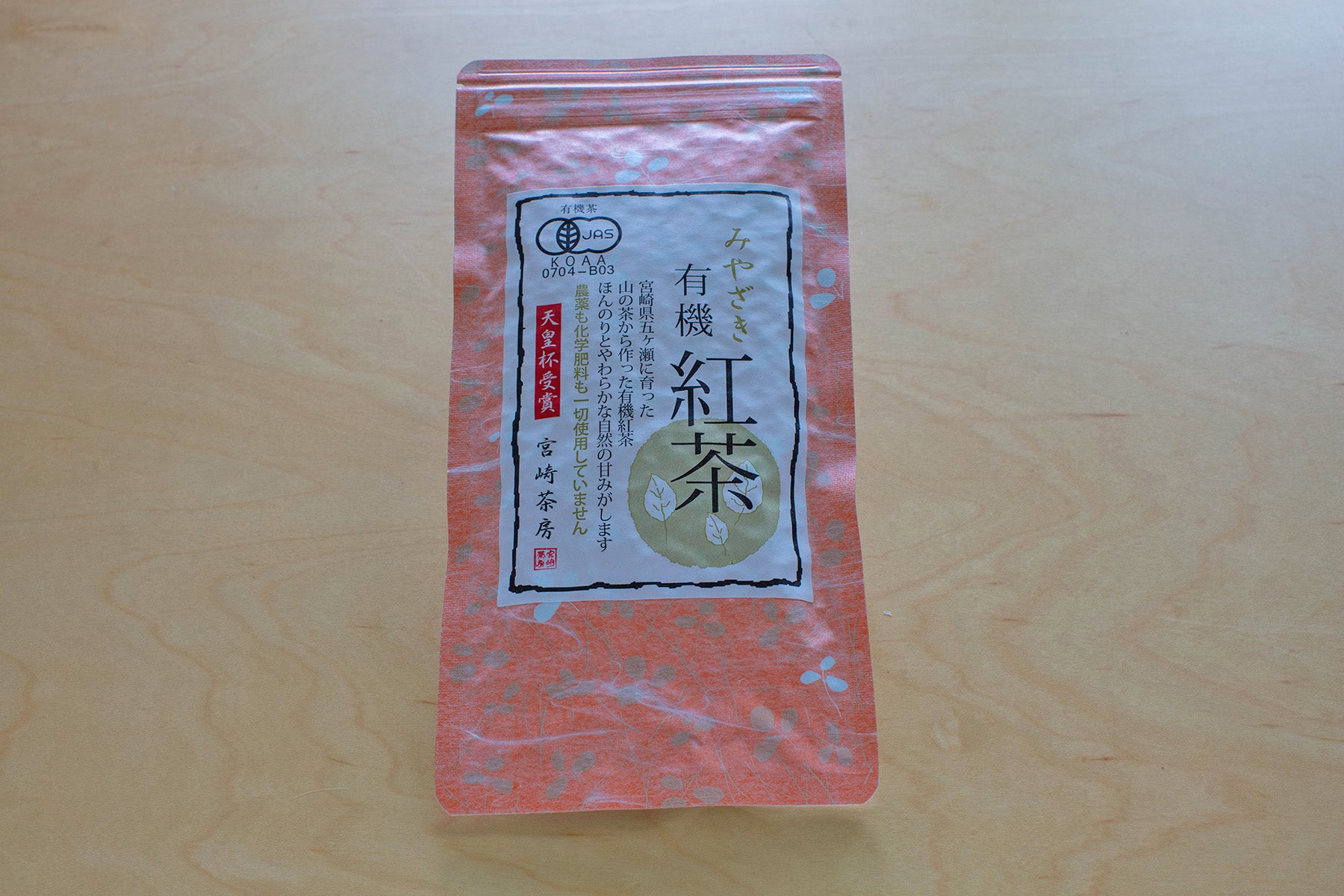

宮﨑茶房 / Miyazaki Sabou
代表者:宮﨑 亮 / Representative: Miyazaki Akira
住 所:宮崎県西臼杵郡五ヶ瀬町大字桑野内 / adress: Oyasenouchi Gokase-cho Nishiusuki-gun Miyazaki Prefecture
宮崎茶房公式サイトはこちら

【商品 / Products】
商品はすべて有機JAS認証です。(税別価格)All products are organic JAS certified. ( tax not included )
天皇杯受賞・農林水産大臣賞受賞
有機釜炒り茶(特選)Organic pottery tea (special selection) 100g ¥1,200
天皇杯受賞・農林水産大臣賞受賞
有機釜炒り茶(上級)Organic pottery tea [Advanced selection] 100g ¥1,000
みやざき有機烏龍茶(台湾風)(有機烏龍茶・白) Miyazaki Organic Oolong Tea (Taiwan style) )Organic Oolong Tea-White) 30g ¥680
みやざき有機紅茶(有機紅茶・リーフ)Miyazaki organic black tea (organic black tea / leaf) 50g ¥680
限定品(有機三年番茶)Limited edition (Organic three-year Bancya)100g ¥880
| 農薬 /Pesticide | 無農薬 / No pesticide |
| 肥料 / Fertilizer | 無化学肥料 / No Chemical fertilizer |
| 認証 / Authentication | 有機JAS認証 / Organic JAS Certification |
| 販売 / Sell | 通年 / all season |
お勧めする理由 / Reasons to recommend
- 日本では珍しい釜炒り茶 / Kamairi tea rare in Japan
- 若い感性が生み出す有機JASのお茶 / Organic JAS tea created by young sensibility
- 標高の高い園地で育てられる茶葉の特徴を活かす / Utilize the characteristics of tea leaves grown in high altitude gardens
- 昔ながらの製法を後世に伝える活動を行う / Conduct activities to pass on the traditional manufacturing method to future generations

薫り高く、澄んだ黄金色の伝統的な有機釜炒り茶
Boiled, clear, golden-gold traditional organic Kamairi tea
-
お勧めレシピ 料理研究家 林幸子(アトリエ・グー主宰)
釜炒り茶ゼリー
 香ばしい釜炒り茶をゼリーにし、冷たく冷やしていただきます。爽やかでお茶の香り立つゼリーは、初夏の季節にピッタリ。お茶は飲むだけではなく、アレンジ次第で活用の幅が広がる素材なのです。
香ばしい釜炒り茶をゼリーにし、冷たく冷やしていただきます。爽やかでお茶の香り立つゼリーは、初夏の季節にピッタリ。お茶は飲むだけではなく、アレンジ次第で活用の幅が広がる素材なのです。
【材料(4〜6個分)】
釜炒り茶葉:20g/水:400ml+50ml/板ゼラチン:15g/お茶漬けあられ:少々
A= グラニュー糖:50g/水:50ml
B= 和三盆:40ml/水:15ml
① 板ゼラチンは氷水につけてふやかします。Aを煮立ててグラニュー糖を溶かし、シロップを作ります。
② 水400mlを沸騰させて火を止めます。水50mlを加えて温度を下げ、釜炒り茶葉を振り入れて3分置きます。
③ ②をこし、①のゼラチンを加えます。溶けたらシロップを加え、氷水にあてます。とろみがついたら器に入れ、氷水にあてるか冷蔵庫で冷やし固めます。
④ Bを煮立て、和三盆が溶けたら冷まして③に分け入れ、お茶漬けあられを散らします。
釜炒り茶の基本:お湯を沸騰させ、少し冷ましてから茶葉にお湯を注いでください。大きなヤカンにダバダバとお湯を注ぎ、みんなで飲むといった気軽でおいしいお茶としてお楽しみいただけます。また、夏の時期は冷水ポットに30分浸す程度で、簡単においしい冷茶を作ることができます。
宮崎 亮さんインタビュー
九州のほぼ中央、宮崎県の北西部に位置する五ヶ瀬町。全般的に地形は急峻で、町の総面積の約88%を森林が占めている。平均標高は620メートル、年間平均気温13度と冷涼な地域で、夏と冬の寒暖差が極めて大きい。温暖な宮崎県では特異な気象条件下にある。
この地域では昔から山野に藪茶・山茶と呼ばれる茶の木が自生し、鉄釜を用いて伝統的な釜炒り茶に加工されてきた。茶には、緑茶、烏龍茶、紅茶とあるが、茶葉の発酵による違いで、同じ茶葉から作られる。緑茶には「蒸す、釜で炒る」というふたつの製法があり、 現在、そのほとんどは蒸す煎茶で、釜炒り茶は希少だ。澄んだ黄金色で、渋味や苦味が出にくく、薫り高いのが釜炒り茶の特徴である。
昭和58年から農薬を一切使用せず、有機肥料のみを施して有機釜炒り茶を作り続け、平成13年に有機JAS認証を取得した宮﨑茶房。「飲んだら元気になるようなお茶づくり」を目標にした安心なお茶づくりが評価され、平成14年に農林水産祭にて天皇杯を授与された。
豊かな香気が魅力の日常のお茶

煎茶は蒸しますが、釜炒り茶は釜で炒って作ります。焼き芋と、ふかした芋の違いですね。五ヶ瀬は昼夜の寒暖差が大きく、寒いので、平地に比べて葉が薄く、うま味成分は少ない。その分、すっきりして香りが良いのが特徴です。大きいやかんにお茶っ葉を入れて、ポットでお湯を入れると香りが立ち、そのまま入れっぱなしの日常のお茶で、ご飯に合う。水出しが早く、常温なら30分から1時間で、色が薄くても味はしっかり出てきます。
深い緑色の煎茶に対し、釜炒り茶は黄金色です。僕たちは煎茶のようにお茶の木に覆いを被せず、太陽に当てます。深い緑の葉にはならないけれど、渋味も香りもしっかりあって飲みやすい。有機無農薬で安全安心なのが一番ですし、栄養成分分析によると、在来種や昔の品種などは特に、カテキンやビタミンCなど、体にいい成分が豊富です。
固定観念に縛られず、紅茶や烏龍茶など、いろいろな品種や製法でお茶を作ることをコンセプトにしています。「在来種や昔の品種は緑茶に向かないから早く植え替えなさい」と県の指導があったのですが、緑茶にするには渋い品種は紅茶にすると、しっかりした味わいになります。研究しながら品種の個性を伸ばしてやるのが大事です。
失敗のなかに成功のヒントがあるので、試しながら楽しくやるうちに面白い人や情報が集まってミックスされ、多彩なお茶へとつながっています。 -
Recommended recipe Culinary researcher Sachiko Hayashi (Atelier Goo)
Kamairi tea jelly
 Jar the fragrant kettle roasted tea and cool it cold. Jelly with a refreshing tea aroma is perfect for the early summer season. Tea is a material that can be used not only for drinking, but also for various purposes depending on the arrangement.
Jar the fragrant kettle roasted tea and cool it cold. Jelly with a refreshing tea aroma is perfect for the early summer season. Tea is a material that can be used not only for drinking, but also for various purposes depending on the arrangement.
【Material (4-6 pieces)】
Kamairi tea leaves: 20g / water: 400ml + 50ml / plate gelatin: 15g / ochazuke arare: a little
A = granulated sugar: 50g / water: 50ml
B= Wasanbon: 40ml / Water: 15ml
① Plate gelatin is soaked in iced water. Boil A and dissolve granulated sugar to make syrup.
② Stop the fire by boiling 400 ml of water. Add 50 ml of water to lower the temperature, sprinkle the pot with tea leaves and leave for 3 minutes.
③ Strain ② and add gelatin ①. When it melts, add the syrup and pour it on ice water. When thickened, put it in a container and chill it in ice water or in a refrigerator.
④ Boil B, let it cool down, and divide into ③ and sprinkle with Ochazuke.
Kamairi tea basics: boil the water, let it cool down a little, then pour hot water on the tea leaves. Pour dabadaba and hot water into a large kettle and enjoy it as a casual and delicious tea that everyone can drink. In the summer months, you can make delicious cold tea easily by soaking it in a cold water pot for about 30 minutes.
Interview with Takashi Miyazaki
Gokase Town is located in the center of Kyushu, northwest of Miyazaki Prefecture. In general, the terrain is steep, with about 88% of the town's total area being forested. The average altitude is 620 meters, and the average annual temperature is 13 ° C. Miyazaki Prefecture is in a mild climate with unique weather conditions.
In this area, tea trees, called Yabucha and Sancha, grow natively in Yamano and have been processed into traditional pot roasted tea using an iron pot. There are green tea, oolong tea and black tea, but they are made from the same tea leaves due to the fermentation of the tea leaves. There are two methods for producing green tea: steaming and roasting in a kettle. Currently, most of them are steamed sencha and kettle roasted tea is rare. The characteristic of kettle roasted tea is that it is clear golden color, hard to produce astringency and bitterness, and high in fragrance.
Miyazaki Sabo, which has been making organic Kamairi tea using only organic fertilizers without using any pesticides since 1983, and obtained Organic JAS certification in 2001. He was awarded the Emperor's Cup at the Agriculture, Forestry and Fisheries Festival in 2002, for his reputation for safe tea making with the goal of "making tea that would be good when he drinks."
Daily tea with rich aroma

Sencha is steamed, but Kamairi tea is roasted in a kettle. It's the difference between a baked potato and a fluffy potato. Gokase has a large temperature difference between day and night and is cold, so the leaves are thinner and the umami component is less than in the plain. The feature is that it is clean and has a good scent. Put tea leaves in a large kettle, add hot water in a pot, and the fragrance will stand out. The water drains quickly, from 30 minutes to 1 hour at room temperature, and the taste comes out even if the color is light.
Kamairi tea is golden in contrast to deep green sencha. We do not cover tea trees like sencha, but expose them to the sun. It does not become a deep green leaf, but it has astringency and aroma and is easy to drink. It is best to use organic pesticides that are safe and safe. According to nutritional analysis, native and old varieties are rich in healthy ingredients, such as catechin and vitamin C.
The concept is to make tea with various varieties and manufacturing methods, such as tea and oolong tea, without being bound by stereotypes. According to the prefecture's guidance, "Replant native or old varieties because they are not suitable for green tea." It is important to increase the individuality of the variety while doing research.
There are hints of success in failure, so while you are having fun while trying, interesting people and information are gathered and mixed, leading to a variety of teas.

オプションを選択









